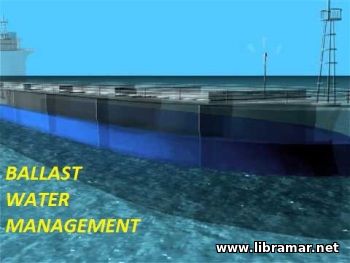
Nearly thirty years back a Liberian chemical tanker had a massive explosion followed with the fire near the coast of Central Japan. The tanker was carrying about twenty six thousand tons of chemicals, including seven thousand tons of highly toxic acrylonitrile plus various amounts of caustic soda and methanole. Subject explosion had such a great magnitude that the ship's crew was not able to send a distress signal.
Fire and rescue teams could not board the ship due to toxic gases, fire, and series of continuing explosions. The tanker burned for about five days before sinking. Regretfully, all twenty-three crew members were killed... The safe handling of nitriles is critically important to everyone involved in nitriles operations.
The health effects that are commonly associated with the explosion of these chemicals are always very severe and possibly life threatening. However, we can eliminate or at least limit the risks if we become fully aware of the factors leading to the unsafe conditions. The information presented in this training film will be of great practical benefit to the people whose working activity is connected with the nitriles - they will get a lot of really useful information using which they will be able to arrange safe transportation of subject cargoes.
